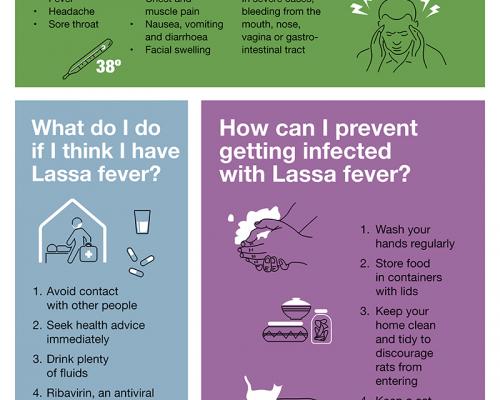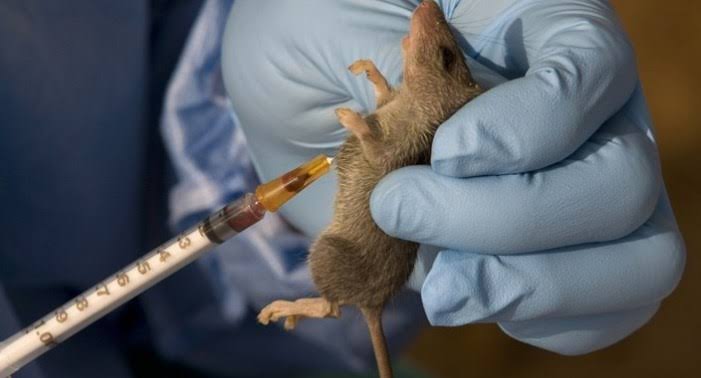According to World Health Organisation (WHO), Lassa fever is an acute viral haemorrhagic illness caused by Lassa virus, a member of the arenavirus family of viruses.
History Of Lassa Fever
Lassa fever was first reported in the 1950s. The virus was first described in 1969 as a result of the death of two missionary nurses in the town of Lassa, in Borno State, Nigeria. The virus is named after the town in Nigeria where the first cases occurred.
Lassa fever is relatively common in West Africa including the countries of Nigeria, Liberia, Sierra Leone, Guinea, and Ghana.

The Vector
Humans usually become infected with Lassa virus through exposure to food or household items contaminated with urine or feces of infected Mastomys rats.
Transmission
Transmission of Lassa virus to humans occurs most commonly through ingestion or inhalation. The infected rodent shed the virus in urine and droppings and direct contact with these materials, through touching soiled objects, eating contaminated food, or exposure to open cuts or sores, can lead to infection.

Lassa virus may be spread in contaminated medical equipment, such as reused needles.
Till date, no licensed vaccines are available to prevent Lassa virus (LASV) infection.
Preventing Infection
Setting up quarantine units in affected areas to isolate and treat patients who are infected and decreasing contact with mice.
Other efforts to control the spread of disease include having a cat to hunt vermin.
Creating contact tracing systems to find those who might have been exposed to the disease
Lassa Fever Epidemic
This Epidemic has been reoccurring over time. Unfortunately about 15–20% of hospitalized people with Lassa fever will die from the illness. The fatality rate is estimated to be 1%, but during epidemics, mortality can climb as high as 50%.

Before now, the last epidemic occurred in Nigeria during 2018 and spread to 18 of the states. it was the largest outbreak of Lassa recorded.
Synptoms
Diagnosis and prompt treatment are essential. Treatment is directed at addressing dehydration and improving symptoms. The incubation period of Lassa fever ranges from 6–21 days. The onset of the disease, when it is symptomatic, is usually gradual, starting with
fever, general weakness, malaise, headache, sore throat, muscle pain, chest pain, nausea, vomiting, diarrhoea, cough, abdominal pain.

Treatment
For treatment of Lassa fever, administering ribavirin which is an antiviral drug seems to be an effective if given early on in the course of clinical illness. Also Early supportive care with rehydration and symptomatic treatment improves survival.
Promotion of good community hygiene to discourage rodents from entering homes.
Disposing of garbage far from the home, maintaining clean households.
Create the habit of your hands, fruits and vegetables thoroughly and regularly.
Food items should be stored in sealed containers.
Related
Post Disclaimer
The opinions, beliefs and viewpoints expressed by the author and forum participants on this website do not necessarily reflect the opinions, beliefs and viewpoints of Anaedo Online or official policies of the Anaedo Online.

